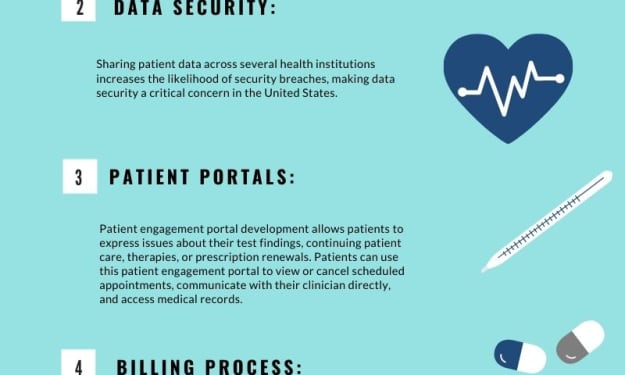Healthcare Payer Analytics Solutions Improve The Overall Quality of Care
Healthcare Payer Analytics

Every business in every industry runs its operations according to certain parameters. Needless to say, all of them generate operational data that holds valuable insights about various aspects of the business. As a result, data analytics has emerged as the hottest skill set that all companies, small and large, have begun looking for. Whether it is an airline, a chain of hotels, fast food joints, a shipping corporation, a software company, or even a financial services provider - every company needs data analytics. Healthcare is no different.
Healthcare payers are an integral part of the overall industry. No doctor in the United States offers his or her services without knowing that he or she will be reimbursed for it by a payer. In light of such ubiquity, healthcare payer analytics has shown great promise in helping payer organizations to streamline operations and boost productivity. Most of all, it helps insurance payers to analyze provider patterns, namely bundled payments, and evaluate costs.
The most promising aspect of healthcare payer analytics is that it may have a role to play in making a switch from the traditional fee-for-service model to a value-based reimbursement model. It’s no secret that healthcare in the United States is the most expensive compared to anywhere else in the world. American spending on healthcare is estimated to be somewhere near $4 trillion! That is more than the entire economies of all three countries. One big reason for that is the existing fee-for-service model of payments.
As the name indicates, the fee-for-service model pays providers based on the quantity of service provided - as in the number of tests, scans, and treatments. Needless to point out, this incentivizes providers to keep piling on the tests, scans, treatments and even extend the hospitalizations. On the other hand, a value-based payment system pays doctors on the medical outcomes of the patients. In other words, the quality of care determines the reimbursement for the provider, as opposed to quantity.
Analyzing a provider’s claims highlights details about bundled payments and risks. Such information enables payers to make informed decisions about providers’ practices and also helps healthcare organizations partner with high-value providers who are more likely to align with organizational goals and help improve the quality of care.
Another important insight that health care payer analytics reveals has something to do with parts of the population. The claims submitted about each patient’s treatment also reveal the patient’s demographic information. Assessing this data for a large number of patients shows which ethnic groups, or people which locations are more likely to need what type of treatment. Moreover, it also shows the quality of care delivered for these people, which would help policymakers and public health experts make informed decisions about passing regulations.
The benefit of healthcare payer analytics is that the data revealed helps payers craft health plans and also claims assessment strategies. Consequently, this helps them improve their services, which helps doctors with their revenues and ultimately benefits the patients.
Healthcare payer analytics is a powerful tool that provides a bird’s eye view of operations. The perception that it can offer eventually results in a win-win for doctors, patients, and the payers themselves.
An insurance company, like every organization in every industry, generates business data through everyday operations. And like every industry, analyzing this data helps to gain a bird’s eye view of what’s been happening. In other words, healthcare payer analytics provides a means for payer organizations to gain insights into their organization’s operations. By analyzing historical payer data about providers, claims, reimbursements, health plans, and patients, insurance companies gain the ability to identify patterns that help them operate with greater efficiency.
Healthcare payer analytics is a rather broad term. It might appear to generalize or simplify many things. Although analytics refers to data analysis when applied to healthcare payer services, it would encompass the analysis of data from many sources, such as patients’ health history, providers’ credentialing, claims history from different providers, and reimbursements paid to providers, and so forth.





Comments
There are no comments for this story
Be the first to respond and start the conversation.